Court Rejects Businessman’s Ignorance Defense in signing Loan Document
Admissibility of Banker’s Documents Under Evidence Ordinance
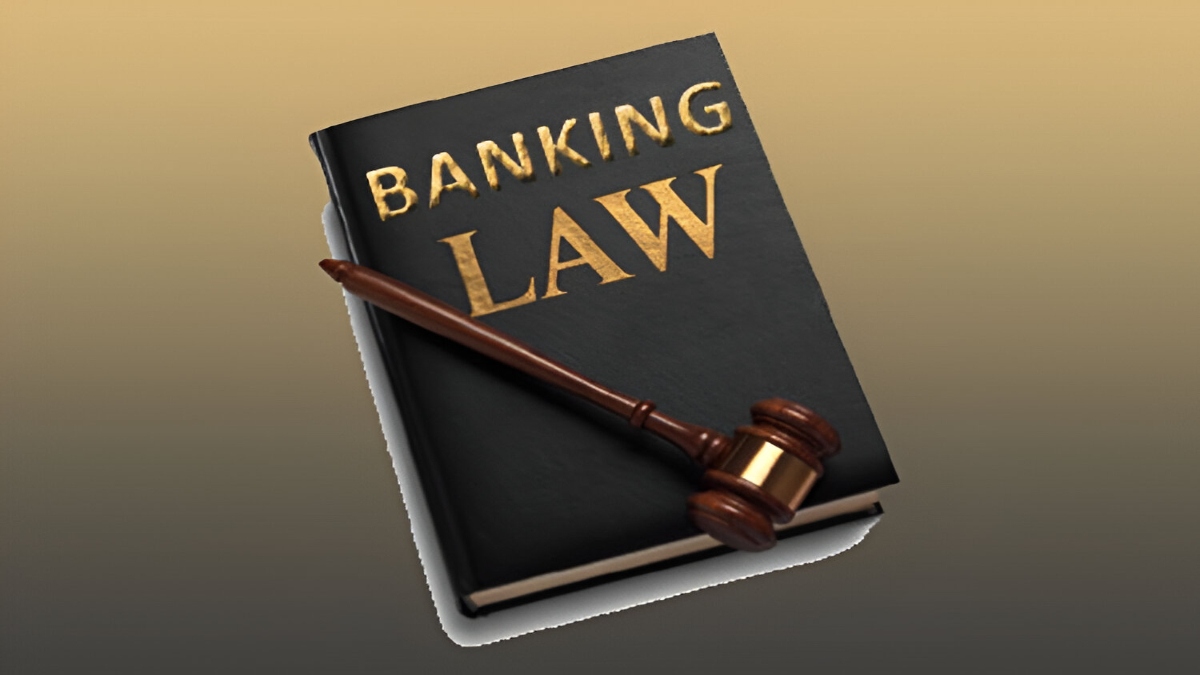
The Supreme Court recently addressed the admissibility of banker’s documents in a case concerning loan recovery. The appellants contested the validity of several documents, arguing that they did not conform to the requirements for “certified copies” as stipulated in the Evidence Ordinance. The court analyzed the relevant sections of the Evidence Ordinance, particularly Section 90A, which outlines the criteria for certified copies of bank records.
“……Apart from the above facts identified, the certification provided in the documents marked P7, P8, P9, and P14 provides for a certification at the end of each respective document which has been signed by the General Manager of the Respondent Bank, and states as follows in clear compliance with the requirements of section 90A of the Evidence Ordinance…..”
“…Contrary to the facts and findings of the case Agostinu v. Kumaraswamy, the documents marked P10 and P15 would not qualify as “bare statements without certification” as it satisfies the minimum threshold of a certified copy, being signed by the relevant Manager responsible for the recovery of loans along with the date at the foot of the said documents. Further, the said documents were annexed to the Letters of Demand marked as “P11” and “P16”. Therefore, the documents marked “P10” and “P15” are also admissible as evidence to verify the existence of the loan transactions which the Appellants vehemently denies….” – Justice Thurairaja
Court Rejects Businessman’s Ignorance Defense in signing Loan Document
The Supreme Court also emphasized the lack of merit in claiming ignorance of signed documents, particularly in business dealings. The case involved appellants who admitted signing critical financial documents but argued they did so as a gesture of support without understanding the legal consequences.
“…..A Company cannot take a defence of ignorance, especially in an instance where the 2 nd Appellant claims as follows.11 “(b) I am the Chairman and Managing Director of the 1st Defendant Company and have at all times been in control of the 1st Defendant Company (c) The 3rd Defendant-Appellant is my wife and also a Director of the 1st Defendant Company (d) I have been engaged in business activities for about 35 years. I am also the Chairman and Managing Director of Property Finance and Investment Kandy (Private) limited, which operates the Kandy City Centre, the leading commercial and shopping complex in Kandy”
“……I concur with the findings of the Learned High Court Judge that such a defence of ignorance as raised by the appellants is frivolous and ludicrous, or as the Learned High Court Judge refers to as “හාසයජනකය” (Ridiculous/Hilarious). Even if the Appellants contend that these documents were signed as a symbolic gesture in good faith, it strains credulity to suggest ignorance of their contents or legal implications. It is counterintuitive to posit that documents pivotal to affirming the financial stability of Pramuka Bank were inherently invalid under the law. Hence, such a defence is bereft of merit….” – Justice Thurairaja
SC Highlights Consequences of Failing to Challenge Evidence at Trial
In this case the Supreme Court also emphasized the importance of raising timely objections during trial proceedings. The appellants, in a case involving bank documents, failed to object or question discrepancies during the trial. The issue was only raised in written submissions to the Supreme Court, not during the trial or in their appeal petition.
“….I once again turn to the findings of Justice Aluwihare in Chandra v. Gunasekara in relation to the failure of the opposing party to raise contradictory evidence at trial, and am inclined to agree with the following statement:… “I also must point out that the Appellant raised no objection when the document was sought to be admitted in evidence by the Plaintiff Bank, when witness Mohamed testified. Furthermore, every party if it is so desired is afforded an opportunity to have the originals inspected, in terms of Section 90E of the Evidence Ordinance, which right the Appellant could have exercised before the trial Judge.I am also of the view that this is a fit instance to apply the principle laid down in the case of L. Edrick De Silva v L. Chandradasa De Silva, 70 NLR 169. In the said case (at page 174) Chief Justice H.N.G Fernando heldb:“But where the plaintiff has in a civil case led evidence sufficient in law to prove a factum probandum, the failure of the defendant to adduce evidence which contradicts it adds a new factor in favour of the plaintiff. There is then an additional “matter before the Court”, which the definition in Section 3 of the Evidence Ordinance requires the Court to take into account, namely that the evidence led by the plaintiff is uncontradicted.” When a party is afforded an opportunity to challenge any evidence produced in Court, and does not exercise that right, it would be reasonable for the Court to infer that the party did not do so, because the party was not capable of challenging the same…..” -Justice Thurairaja
CASE NO: SC (CHC) APPEAL 26/2018 [Decided on 9th August 2024]
BEFORE : S. THURAIRAJA, PC, J A.L. SHIRAN GOONERATNE, J, K. PRIYANTHA FERNANDO, J.



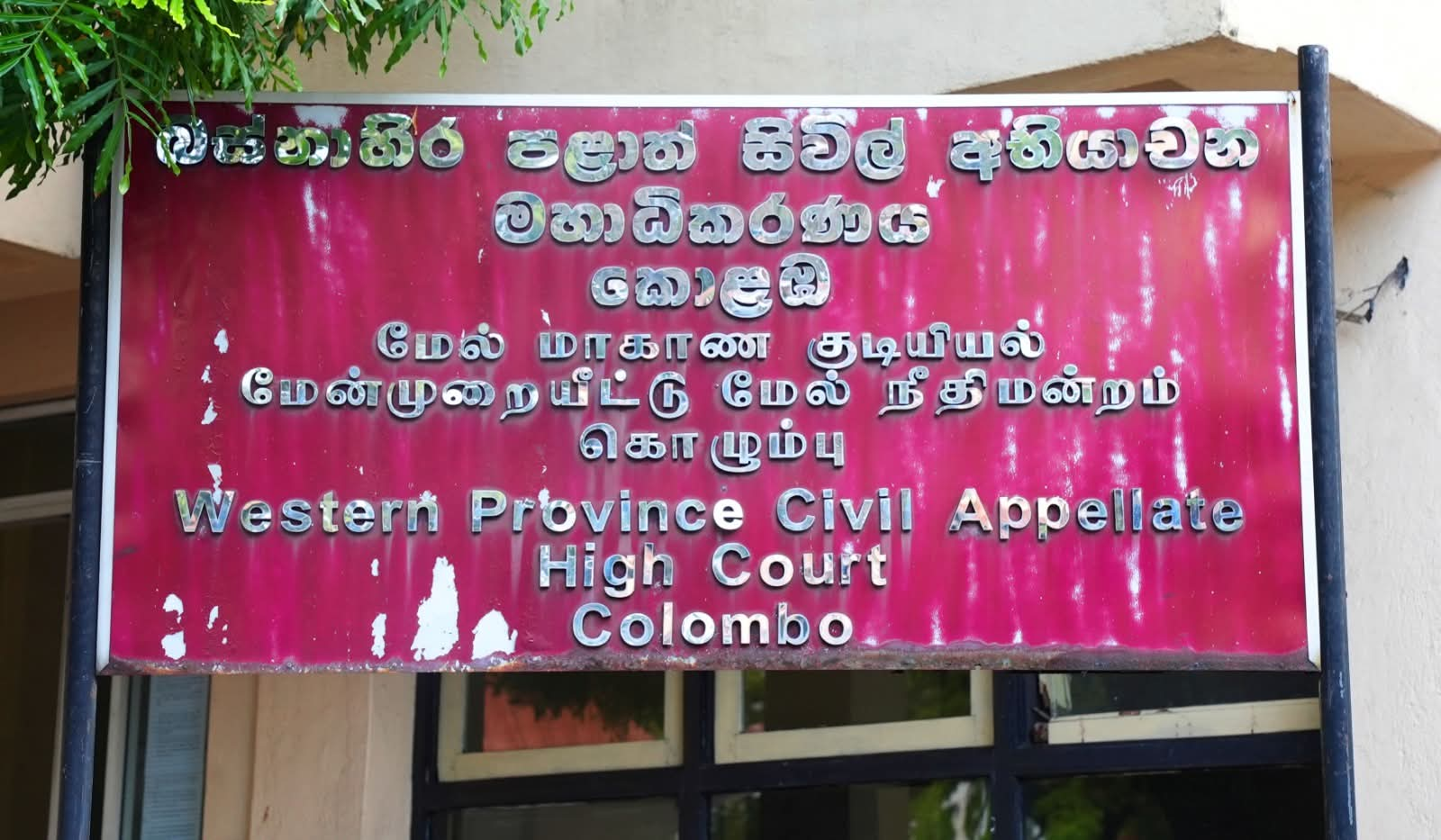

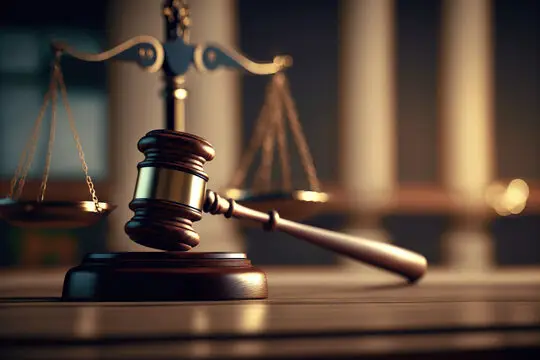


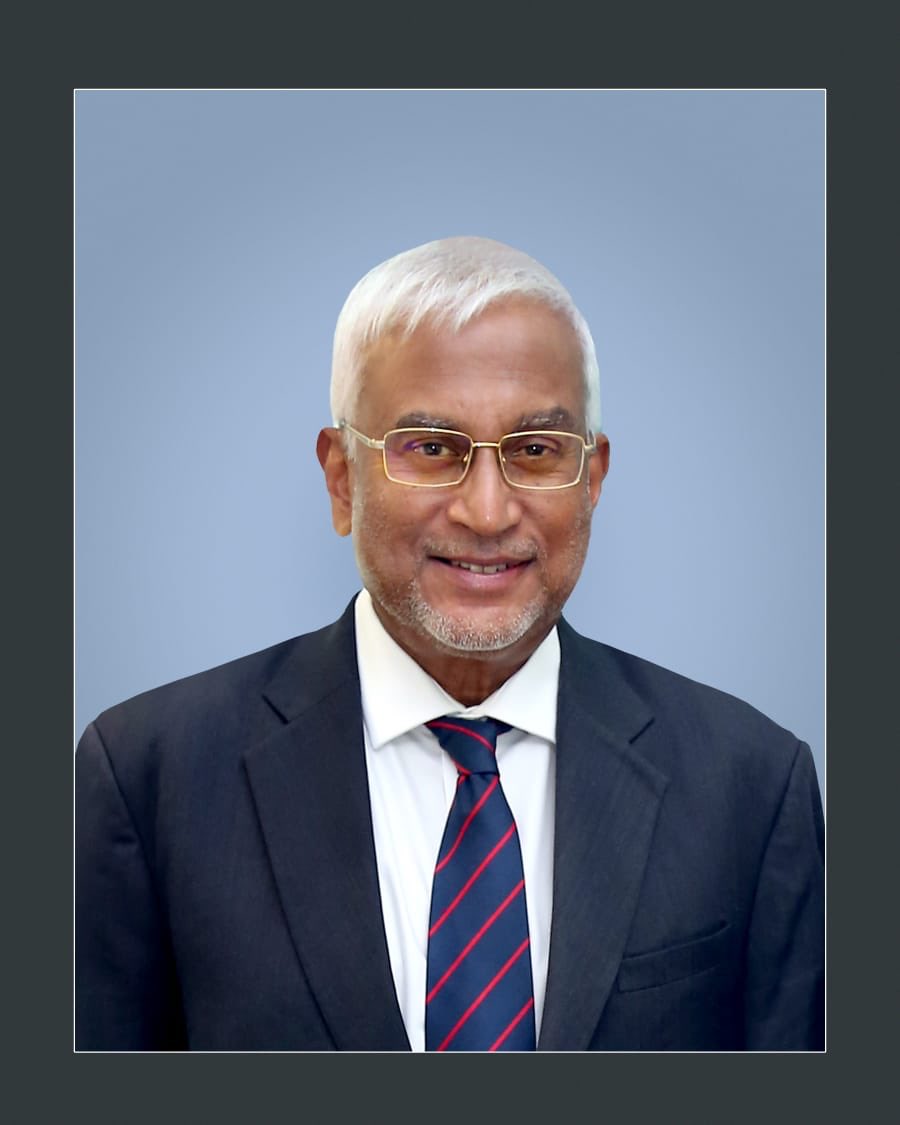

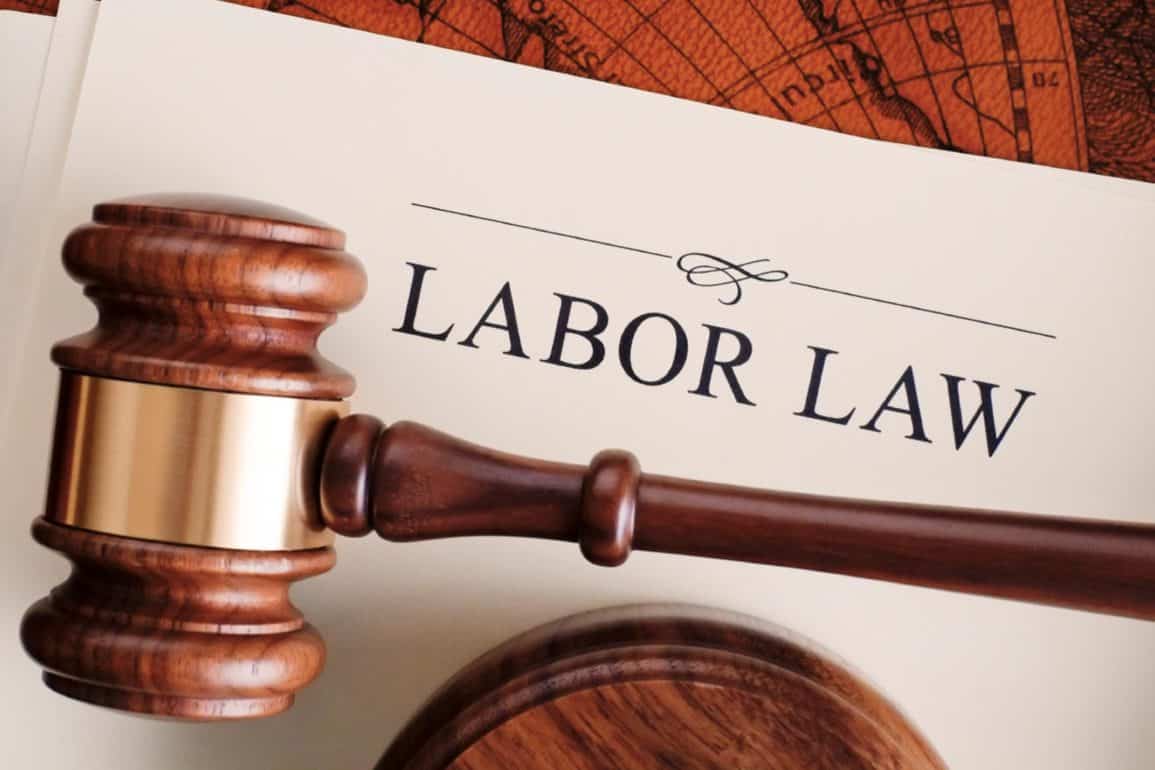
Comments
Apostille Service Near Me
I just left a page similar to this one, but the content wasn’t as interesting as what’s here.
Apostille Service Near Me
I’m glad I came across this page. I was looking for another website when I stumbled on it. Nice work.